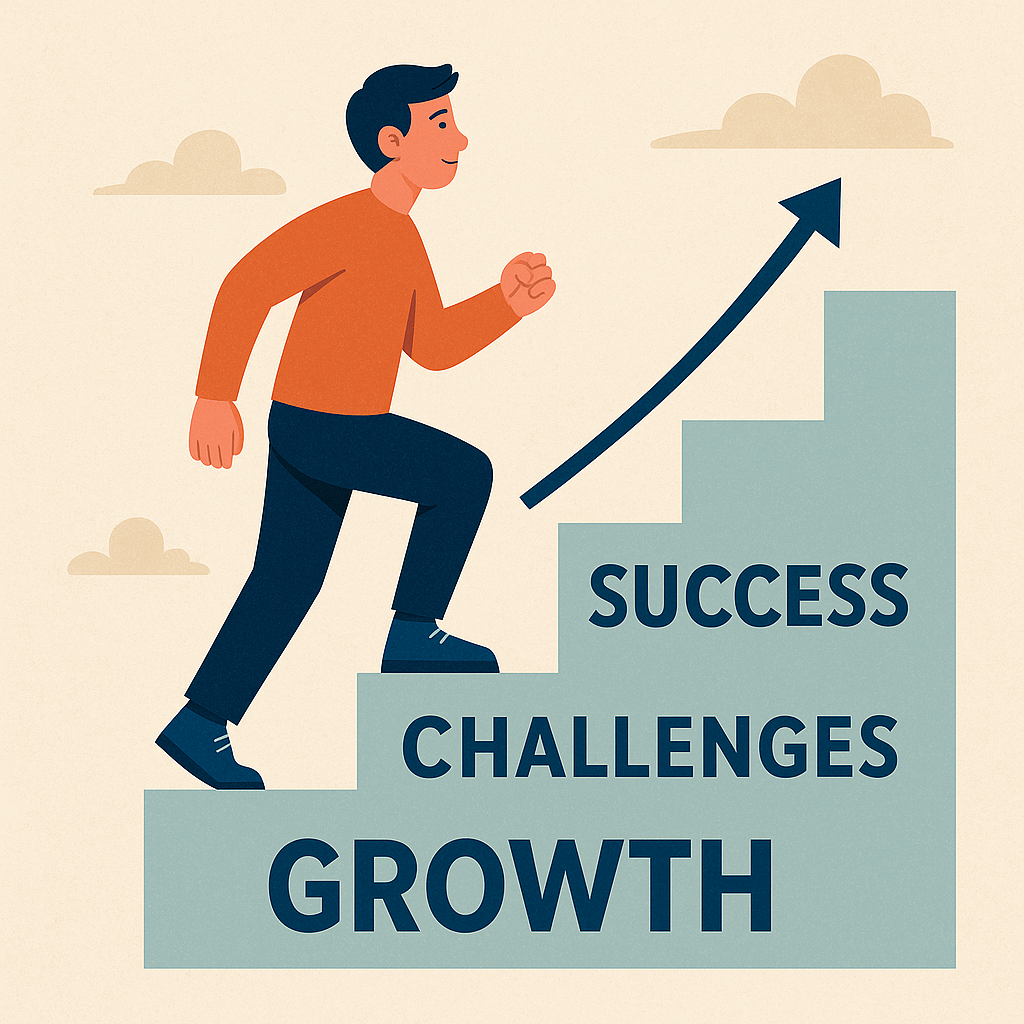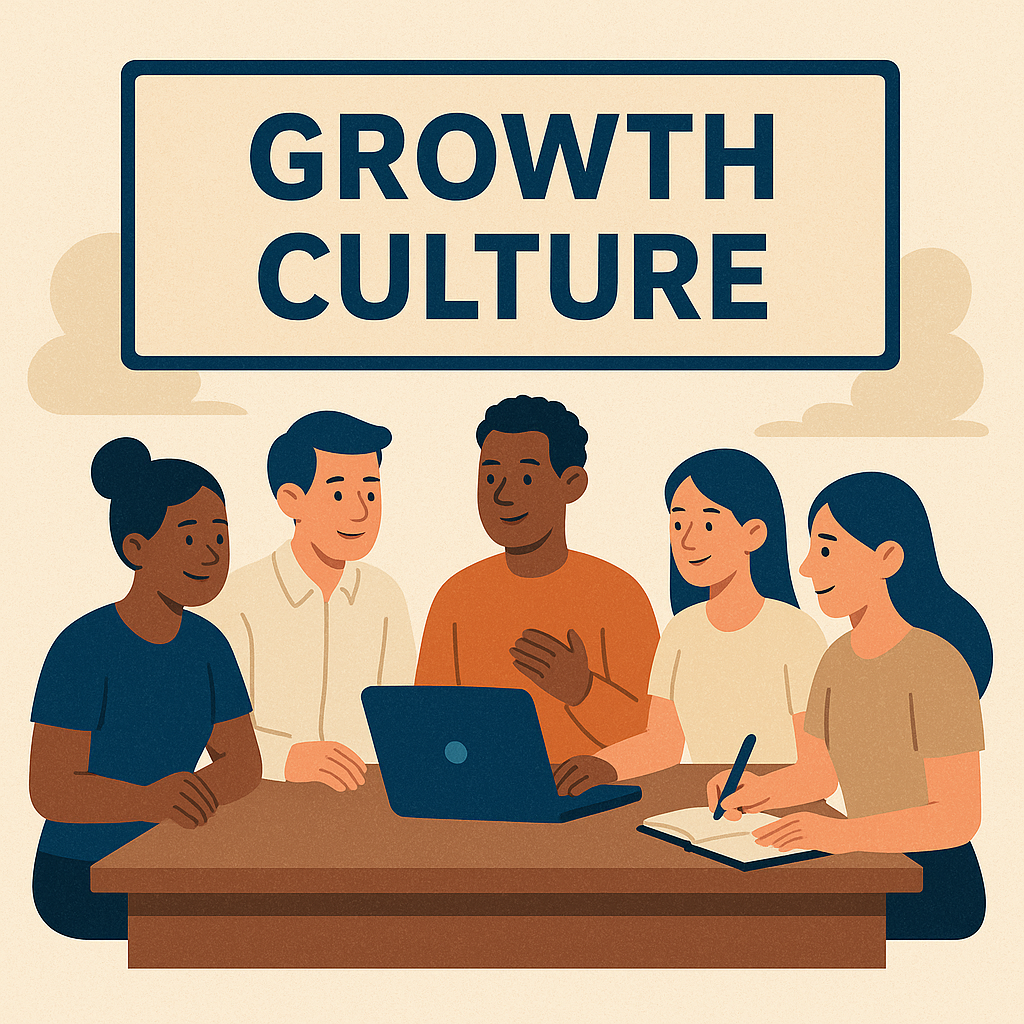The Power of Your Mindset in Shaping Success
Have you ever wondered why some people seem to grow stronger with every failure while others give up after one setback? The secret lies not in talent or intelligence — but in mindset. Your mindset shapes how you interpret challenges, respond to criticism, and pursue your goals.
In today’s fast-paced world, cultivating a growth mindset is one of the most powerful tools for achieving long-term success and happiness. It’s the difference between stagnation and transformation — between “I can’t” and “I can learn how.”
What Is a Growth Mindset?
The Origins: Carol Dweck’s Groundbreaking Research
The term growth mindset was introduced by psychologist Dr. Carol Dweck, whose research revealed that people generally fall into two categories: those with a fixed mindset and those with a growth mindset.
Dweck found that individuals who believe their abilities can improve through effort and learning tend to achieve more than those who think talent is static. Her studies transformed how educators, leaders, and psychologists understand motivation and success.
Fixed Mindset vs Growth Mindset: The Core Differences
| Fixed Mindset | Growth Mindset |
|---|---|
| Believes intelligence is static | Believes intelligence can be developed |
| Avoids challenges | Embraces challenges |
| Gives up easily | Persists despite obstacles |
| Feels threatened by others’ success | Finds inspiration in others’ success |
| Seeks approval | Seeks self-improvement |
Understanding where you stand is the first step toward growth.

Why Mindset Matters More Than Talent or Luck
Science shows that your beliefs about your abilities influence how your brain functions. In other words, your thoughts literally shape your neural pathways.
The Science Behind Mindset and Neuroplasticity
Thanks to neuroplasticity, your brain is capable of forming new connections and strengthening old ones — at any age. When you approach challenges with curiosity and persistence, your brain rewires itself, making you smarter and more adaptable over time.
Talent may open doors, but mindset determines how far you walk through them.
7 Practical Ways to Develop a Growth Mindset
1. Embrace Challenges Instead of Avoiding Them
Every obstacle is a chance to stretch your abilities. View failures not as evidence of inadequacy but as stepping stones toward mastery.
2. Learn from Criticism and Failure
Constructive criticism helps you identify blind spots. Reflect on feedback, and use it as a roadmap for improvement.
3. Replace Negative Self-Talk with Empowering Thoughts
Catch yourself when you say, “I can’t do this.” Replace it with, “I can’t do this yet.” That single word changes everything.
4. Celebrate Progress, Not Just Results
Growth is a journey, not a destination. Celebrate small wins — they compound over time.
5. Surround Yourself with Growth-Oriented People
Your environment influences your mindset. Spend time with people who challenge, inspire, and support your growth.
6. Cultivate Curiosity and Lifelong Learning
The world changes daily — keep learning, experimenting, and exploring. Curiosity keeps your brain young and flexible.
7. Keep a Growth Journal
Document your thoughts, progress, and lessons learned. Reflect weekly to see how far you’ve come.
Growth Mindset in Real Life: Inspiring Examples
Athletes and Entrepreneurs Who Embody Growth Mindset
Michael Jordan was cut from his high school basketball team — he used it as fuel to become one of the greatest athletes ever.
Oprah Winfrey turned rejection into resilience, building a media empire grounded in self-belief.
Elon Musk embraces failure as part of innovation, saying, “If things are not failing, you’re not innovating enough.”
Ordinary People with Extraordinary Growth Stories
From students overcoming learning difficulties to employees mastering new skills late in life, countless people prove that growth mindset isn’t reserved for the elite — it’s available to everyone.

How to Teach and Encourage a Growth Mindset in Others
Promoting Growth Mindset in Kids and Students
Encourage children to praise effort, not just results. Replace “You’re so smart” with “You worked really hard on that.”
Building Growth Culture in the Workplace
Leaders can foster innovation by rewarding experimentation and learning, not just outcomes. A team that learns grows faster than one that plays it safe.
Common Myths About Growth Mindset (And the Truth Behind Them)
Myth: “You either have a growth mindset or you don’t.”
Truth: Mindset exists on a spectrum — it can change over time.Myth: “Positive thinking is enough.”
Truth: Growth mindset requires consistent effort, not blind optimism.Myth: “Growth mindset guarantees success.”
Truth: It doesn’t guarantee success, but it guarantees improvement.
Tracking Your Mindset Journey: How to Measure Progress
Reflect weekly using questions like:
Did I embrace challenges this week?
How did I respond to setbacks?
What new skills or lessons did I gain?
Use journaling to stay accountable.

FAQs About Growth Mindset
Q1: What’s the first step to developing a growth mindset?
A: Start by identifying and challenging fixed beliefs about your abilities.
Q2: Can adults still change their mindset?
A: Absolutely! Neuroplasticity allows adults to reshape thinking patterns at any age.
Q3: How can I teach my child a growth mindset?
A: Praise effort and strategy, not intelligence or talent.
Q4: Does a growth mindset reduce stress?
A: Yes — it promotes resilience and reduces fear of failure.
Q5: Is a growth mindset useful in business?
A: Extremely. It drives innovation, learning, and adaptability.
Q6: How long does it take to develop a growth mindset?
A: With consistency and reflection, noticeable change often happens within weeks.
Conclusion: The Lifelong Rewards of Thinking Differently
A growth mindset is not a quick fix — it’s a lifelong commitment to learning, evolving, and believing in your potential. When you start seeing challenges as opportunities, everything changes. Success becomes not a destination, but a habit of thought.






